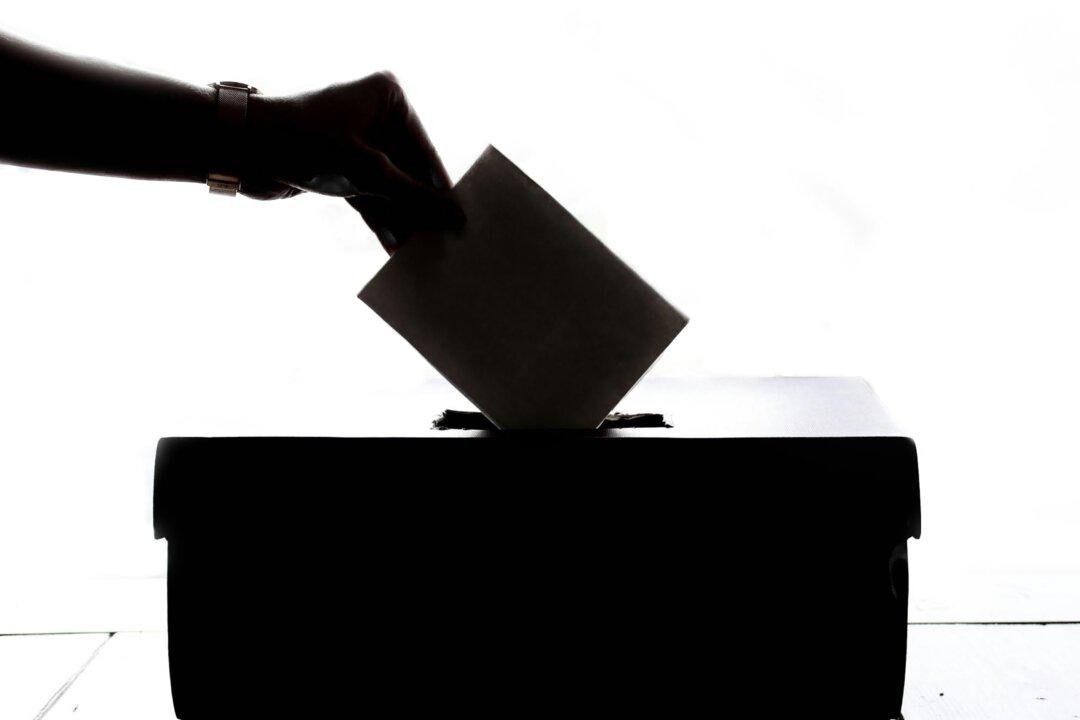Commentary
At his press conference on May 1 following the April–May meeting of the Federal Open Market Committee, Federal Reserve Chairman Jerome Powell called it “unlikely” that the central bank would raise the short-term interest rates under its control at its next meeting in mid-June. The Federal Funds Rate is currently between 5.25 percent and 5 percent.





